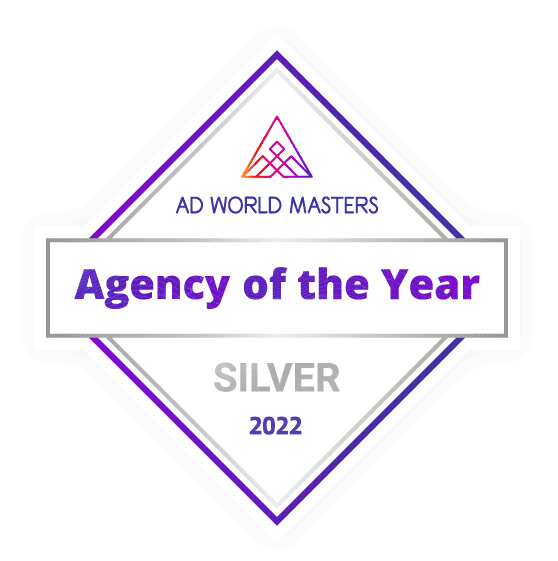Yesterday, First Lady Michelle Obama revealed the FDA’s new proposed design for nutrition labels. Nutrition labels are, of course, one of the most iconic mandated design elements around. We all interact with nutrition labels often, if not daily. But, as Mrs. Obama pointed out, they’re pretty confusing. The information is currently presented in such a way that it’s hard to tell what we’re supposed to care most about. Calories? Fat? Vitamins and minerals?
The new label design aims to simplify and streamline nutrition labels so that people can make quick, easy decisions about what to eat. Fast Co.Design asked some of the world’s leading designers to weigh in on the new nutrition label design. They caught up with Tobias Frere-Jones (a leading type designer), Stefan Sagmeister (who created album covers for the Talking Heads and The Rolling Stones, among others), and Bonnie Siegler (founder of design studio Eight and a Half and boasts clients such as the Brooklyn Public Library and Late Night with Seth Meyers). Here are their thoughts on the new logo.
OVERALL FIRST IMPRESSIONS
When we first saw the new nutrition label, it was definitely jarring. It’s very bold and in fact aims to scream things at you, such as calories and how many servings per container there are. Here’s what the designers think.
“It’s as stark and as dowdy as before, but that’s actually a good thing,” Frere-Jones says. He thinks that the label inevitably creates a “blunt contrast” with the rest of the packaging, so it’s easy for consumers to find. He also notes that, although the FDA never mandated the use of Helvetica, and only used it as an example, it’s a good choice because it’s authoritative and trustworthy.
Sagmeister agrees, saying that he always thought the nutrition label was “one of the best pieces of government communication” and that the new label is “even better.”
Siegler, on the other hand, is a little less effusive in her praise. “This is a nice baby step in the right direction,” she says. She notes that the original label was really about FDA compliance, and was not designed with consumer needs in mind. Of course, the nutrition label quickly became the most important piece of design in the grocery store, but never really switched over to focusing on the consumer’s needs.
BEST AND WORST DESIGN DETAILS
While we agree that the label needed a redesign, and that the new label in many ways accomplishes the goals, it’s hard not to cringe a little as a design firm. The relationship between the different sized type is a bit jarring, as we’re used to consistency and uniformity.
Frere-Jones thinks that putting the Daily Value percentages in the left column makes each category a clear unit. “The previoud flush-left/flush-right arrangement would make connections difficult,” he noted. Also, the footnotes at the bottom were confusing and it was hard to know which piece of information they related to.
“There is now a clear hierarchy to the information that reads faster and communicates quicker,” Sagmeister thinks.
Siegler also thinks the scale adjustments make a lot of sense. “The Nutrition Facts headline used to be the largets single item, now the largest piece of type is the number of calories,” she notes. Obviously, the number of calories are now unavoidable. And, it makes no sense to have the Nutrition Facts headline as the largest piece of type, since we have cultural context to understand that that is what this chart is.
THE BEST WAY TO PRESENT THE INFORMATION?
Of course, the million dollar design question is whether or not the chart is the best way to present nutritional information. While it may not be the design we would choose, should we have license to design from scratch, there is deep cultural context for this label and it makes sense to stick within the basic framework of the original.
Siegler does have one disagreement with the way the information is presented. “I think most people don’t relate to the percentages of daily values,” she says. “No one is keeping track of the percentage of sodium they have already had…I think this needs to be simpler and more plain-spoken.” We can definitely understand her point. The information on the label is supposed to help people make healthy choices, and all of the data should be easily put into context. No food stands alone – we don’t just eat one food in a day, and most of us don’t track every food based on percentage Daily Values.
For more from these designers on the new label, check out the full article here: http://www.fastcodesign.com/3027053/what-leading-designers-think-of-the-fdas-new-nutrition-label









